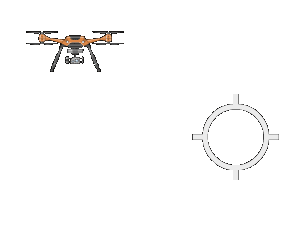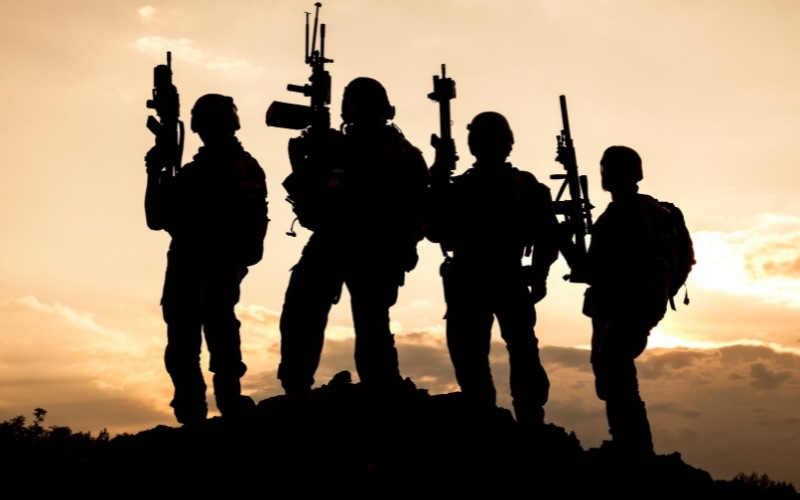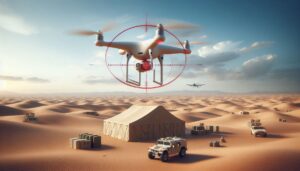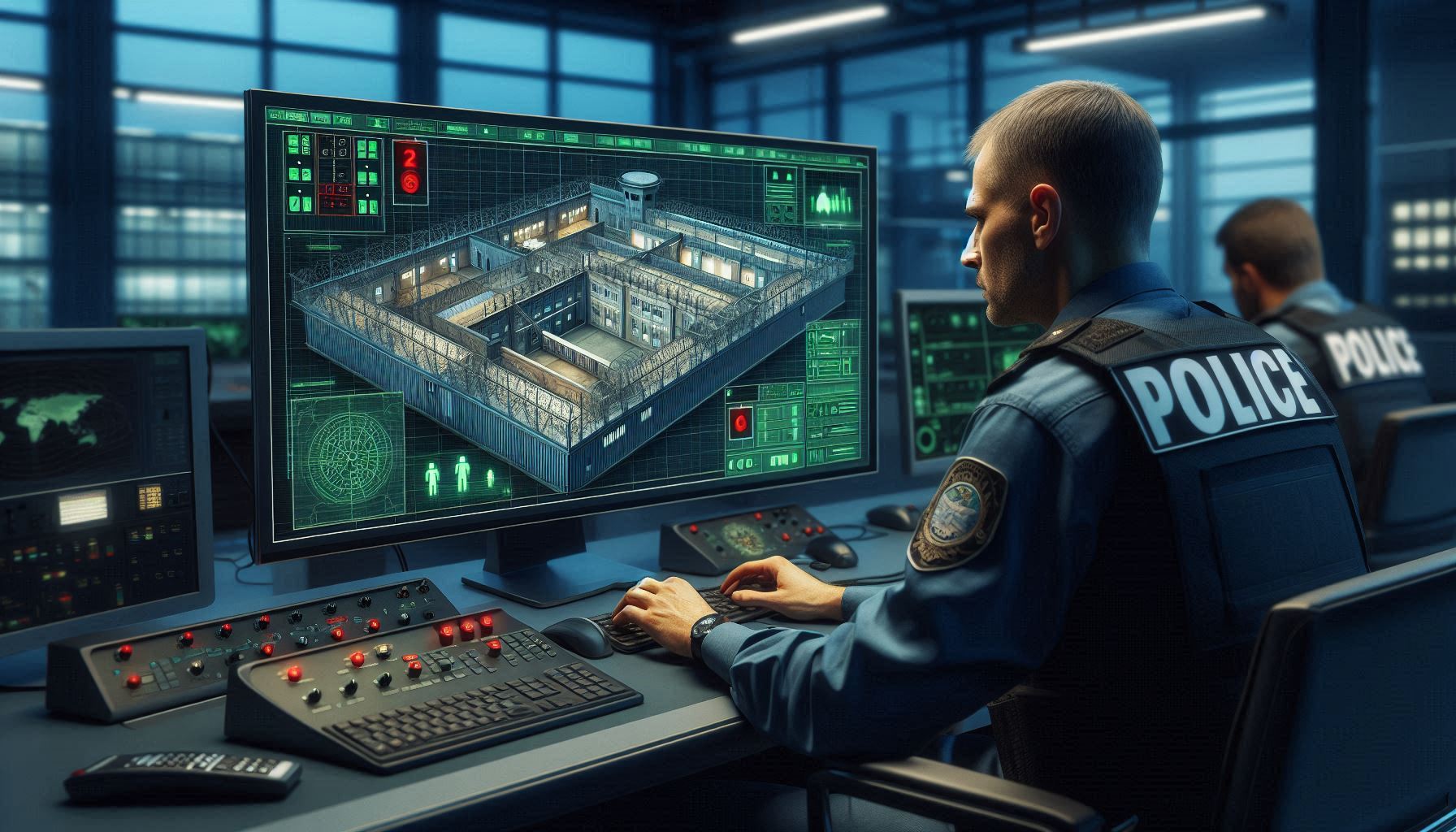Many defence developers and manufacturing companies use the term “MIL-STD” to describe their products. What is this term referring to, and why is it so important
Working in extreme conditions and harsh environments is one of the most crucial factors when it comes to warfare products and systems.
To ensure uniformity and consistency in military equipment, logistics systems and technology, as well as make sure that it withstands the required operational capabilities and extreme conditions (Such as shock, high or low temp, rain, dust and more), the United States Department of Defense (DoD) established guidelines and specifications called “military standards”, also known as MIL-STDs or MIL-SPECs.
Compliance with these standards is crucial for the supply chain, from components manufacturers to system developers and integrators, as well as military customers – working daily on the battlefield under harsh environmental and extreme conditions.
The six factors of MIL-STD
Military standards address six factors to ensure operational compatibility and the achievement of precise requirements across various military and allied forces branches:
- Design and Development: Military standards provide guidelines for designing and developing military equipment, ensuring that they meet specific requirements and perform reliably in various conditions.
- Testing and Evaluation: Standards specify rigorous testing procedures to assess the performance, durability, and safety of military equipment under different environmental conditions, such as extreme temperatures, humidity, and mechanical stress.
- Quality Control: Military standards outline quality control measures to be implemented during the manufacturing process to maintain consistency and reliability in the production of military hardware.
- Documentation and Reporting: Standards often require detailed documentation of the design, manufacturing processes, testing results, and other relevant information. This documentation is crucial for traceability and accountability.
- Interoperability: Military standards ensure that equipment from different manufacturers can work together seamlessly, enabling collaboration between other branches of the military and forces.
- Environmental and Safety Standards: Military standards address environmental concerns, safety regulations, and hazardous materials usage to minimize the environmental impact and ensure the safety of personnel during equipment operation and disposal.
Each MIL-STD refers to different aspects.
Several MIL-STD versions cover a wide range of topics. Each defines various aspects of performance, testing, design and manufacturing rules for military products, systems, and services. These standards are periodically updated and revised to keep up with technological advancements and changing requirements.
The product’s purpose is crucial for deciding which MIL-STD to comply with. For example, Netline’s C-Guard Modular Manpack is carried by a soldier on his back – therefore, it should withstand harsh environmental conditions such as blowing rain, dust, humidity, and solar radiation. On the other hand, our C-Guard Vehicular systems are installed on heavy-duty armored vehicles, driving in all terrain and therefore must withstand vibration, and shock tests, high and low temperatures and more.
Three of the most well-known and widely referenced MIL-STDs are:
- MIL-STD-810: These standards address environmental engineering considerations and laboratory tests, including temperature, humidity, shock, vibration, and altitude. It helps assess the equipment’s ability to withstand and operate in challenging environments. To read more about this MIL-STD, see the box below.
- MIL-STD-461: Compliance with this standard ensures that military equipment can operate without interfering with other electronic systems and withstand electromagnetic interference from external sources.
- MIL-STD-1275: This standard defines the electrical characteristics of 28-volt DC electrical systems used in military vehicles and aircraft.
Although established by the United States Department of Defense, military standards are not limited to the United States and are often adopted by other countries’ military, organization defence and security industries.
Expand your knowledge:
Most of Netline’s systems comply with MIL-STD 810 – encompassing a wide array of environmental conditions, such as low pressure for altitude tests, exposure to varying temperatures (both in operation and storage), rain (including wind-blown and freezing rain), humidity, fungus, salt fog for rust tests, sand and dust exposure, explosive atmospheres, leakage, acceleration, shock, transport shock, gunfire vibration, and random vibration.




